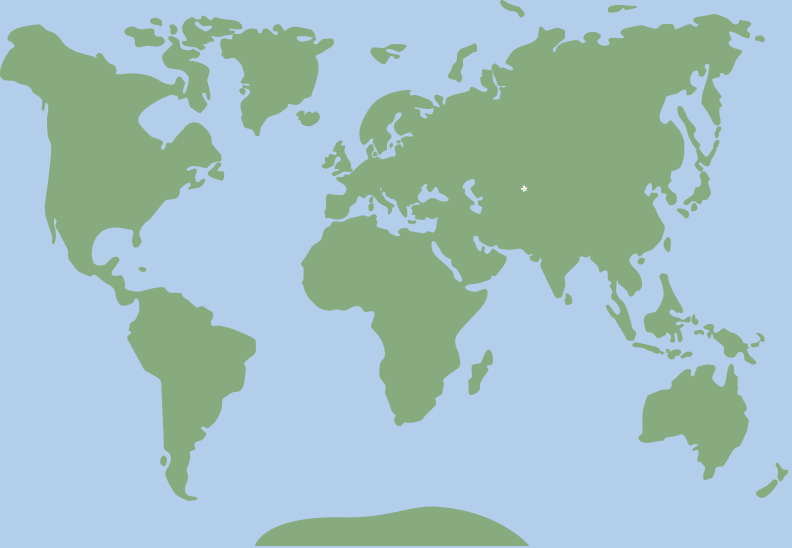Funen, Denmark
Egeskov Castle
This floating castle appears to be from an enchanted fable, but in actuality it is Europe's best preserved Renaissance water castle.
AWA visted here
Taipei City, Taiwan | C.1965
The National Palace Museum traces its beginnings to 1925, when the Palace Museum was first established in Beijing’s Forbidden City after the fall of the Qing dynasty. Its collection of bronzes, jade, scrolls, and porcelains had been assembled by emperors across centuries. During the wars and upheavals of the 1930s and 40s, crates of artifacts moved south through Shanghai and Nanjing before crossing the strait to Taiwan in the late 1940s. The move was meant to be temporary. It was not. The collection officially reopened in Taipei in 1965, and it has remained there ever since.
The main building in Taipei’s Shilin District was designed by architect Huang Baoyu in the style of a Chinese palace. Its pale walls and tiered roofs sit against the hillside like a set piece, more frame than building, holding a collection that has already outlasted several homes. Inside are nearly 700,000 objects, though only about one percent is ever visible at a time. Exhibits rotate every three months, which makes visiting feel a bit like watching a magician shuffle cards. You know there is more in the deck than what you are shown.
Some of the most beloved items have nicknames. The “Jadeite Cabbage,” with its carved insects tucked into delicate leaves, and the “Meat-shaped Stone,” jasper disguised as braised pork belly, are two of the museum’s best-known residents. They prove that no matter how vast the dynasties, people will always stop for food. The gallery that holds them feels a little like a buffet, except the dishes are behind glass and several centuries old.
Beneath the museum, storage vaults and tunnels extend into the hillside. They were built to protect the collection in case of air raids or disaster, a network that functions as both fortress and archive. Visitors never see them, but they hold as much of the museum’s story as the galleries above. The thought of jade cabbages and painted scrolls tucked into an underground bunker is strange but fitting history that has survived precisely because it learned how to hide.
Today, the National Palace Museum is one of the most visited museums in the world. It is both a cultural landmark and political symbol, shaped by exile and preservation but also by daily museum life. Tour groups with headsets shuffle along, schoolchildren cluster around cases, and someone inevitably leans in to get a better look at a cabbage carved from stone.
 25.0411645, 121.5177688
25.0411645, 121.5177688
Max file size is 40MB. JPEGs are preferred.
You do not have permission to view this form.Need an account? Sign up
This site is protected by reCAPTCHA and the Google Privacy Policy and Terms of Service apply.
Know more? Share with the community!
Submit Your ImageLogin/Sign Up.